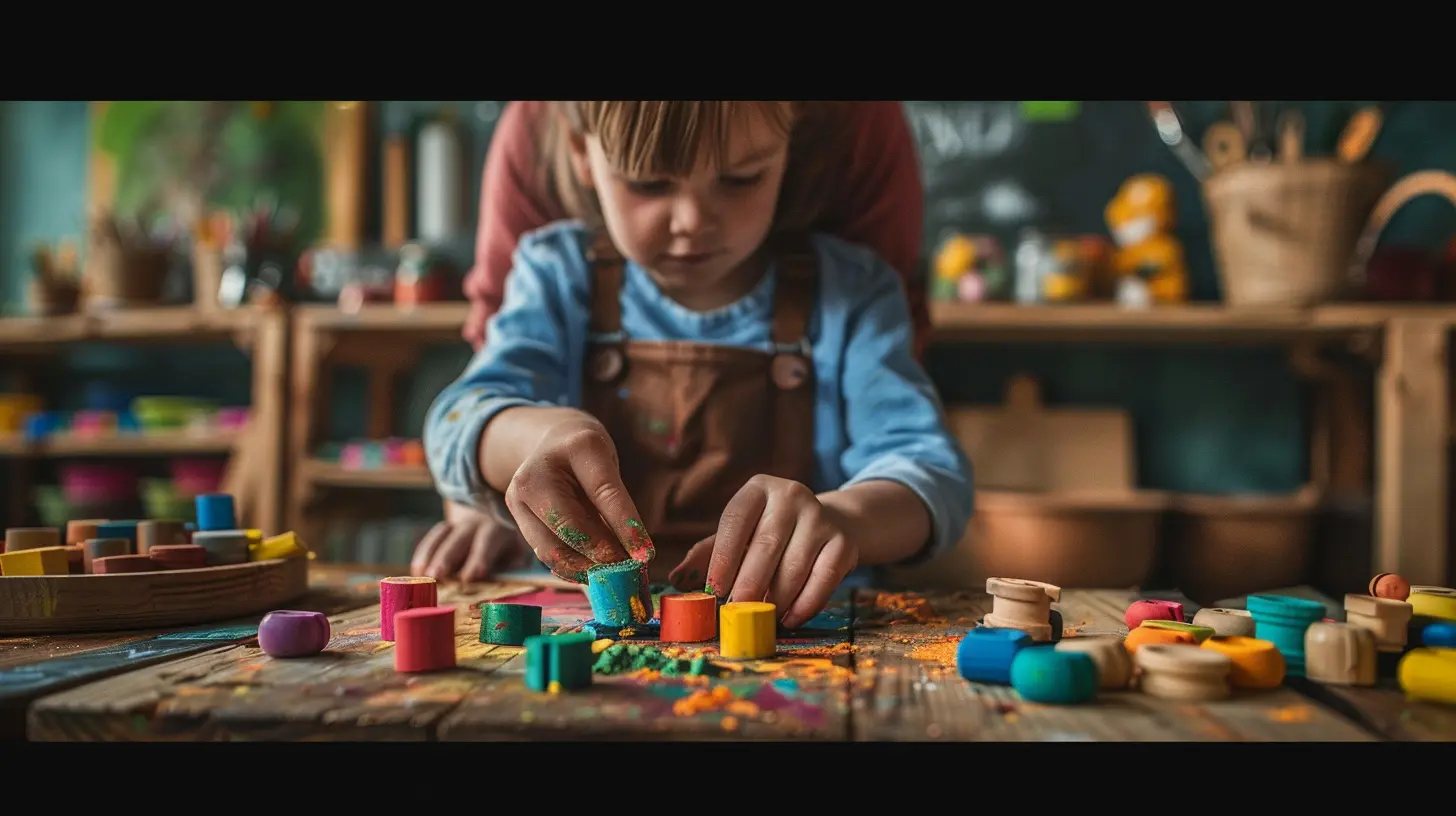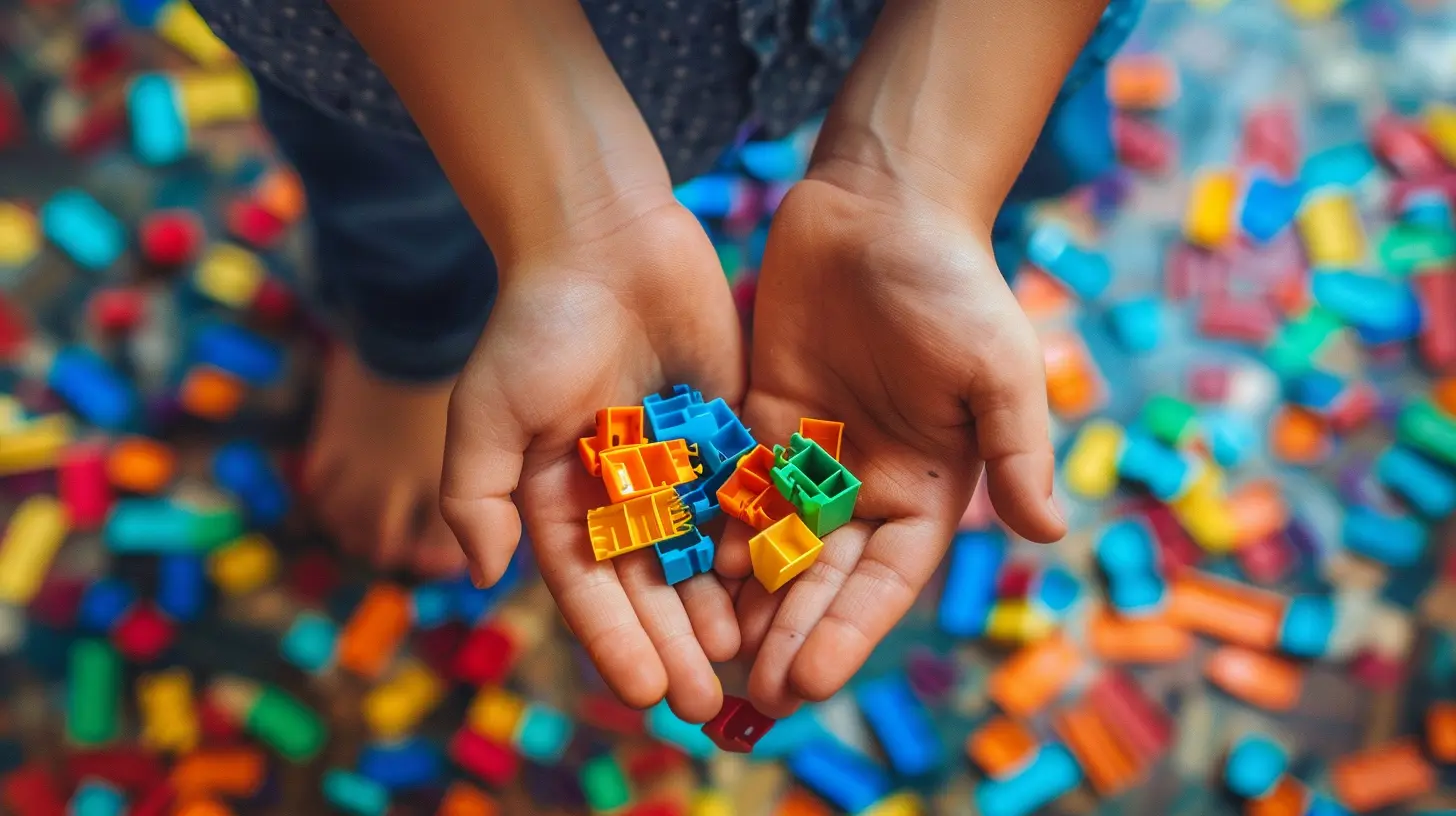Hands-On Learning Through After-School Projects
9 October 2025
Let’s be honest—most kids don’t exactly jump for joy when they hear the word “homework.” But what if learning didn’t have to feel like a chore? What if it looked more like painting a birdhouse, growing a mini vegetable garden, or coding their own video game? That’s the true magic of hands-on learning through after-school projects.
These activities aren’t just fun—they’re powerful tools to help kids absorb knowledge, gain real-world skills, and spark a lifelong love of learning. In fact, for many children, the most impactful lessons happen outside of the classroom, when they’re given the chance to roll up their sleeves and dive into a passion project.
Whether you’re a parent looking for creative ways to support your child’s growth or seeking alternatives to traditional academics, this article unpacks why hands-on learning works so well, and how you can bring it into your home.
Why Hands-On Learning Is a Game-Changer
Learning by Doing—It Just Sticks
Think about the last time you learned something new. Did reading about it in a textbook help? Or did you really get it once you tried it yourself?Children learn in the same way. When they build, experiment, or create, they’re not just memorizing information—they’re actively engaging with it. It’s like the difference between reading a recipe and actually cooking the meal.
This learning style lights up their brains in a whole new way. They’re making connections, solving problems, and often teaching themselves without even realizing it.
Real-World Skills? Yes, Please!
Hands-on projects often mimic real-life situations. Whether it’s measuring ingredients for a baking project (hello, math skills!) or building a birdhouse (engineering AND patience), these projects teach kids practical skills they’ll use again and again.We’re talking:
- Critical thinking
- Teamwork
- Time management
- Creative expression
- Resilience and perseverance
These aren’t just cute buzzwords—they’re tools for lifelong success.
It Builds Confidence Like Nothing Else
There’s a special kind of pride that comes from saying, “Hey, I made that.” After-school projects allow children to take ownership of their work. Whether they succeed or fail, they learn to trust themselves, bounce back, and try again.These little wins build up over time, shaping confident, curious, and motivated learners.
Types of After-School Projects That Rock
Not all after-school activities are created equal. The magic really starts when kids are invested. Here are a few categories of hands-on projects that consistently light kids up from the inside.1. STEM Projects That Spark Curiosity
STEM stands for science, technology, engineering, and math—and trust us, it doesn’t have to be boring.You can turn your kitchen into a chemistry lab or use LEGO bricks to build a tiny suspension bridge. The goal? Let kids experiment, ask “what if,” and see those “a-ha!” moments in real time.
Ideas:
- Make a volcano erupt with baking soda and vinegar
- Create a simple circuit with a battery and LED light
- Use apps like Scratch to design a basic computer game
2. Art and DIY Crafts for Self-Expression
Art projects open the floodgates for creativity. Even if it’s a little messy (okay, a lot messy), it gives kids a chance to express themselves without rules or rubrics.Ideas:
- Try jewelry-making or tie-dye T-shirts
- Create homemade greeting cards for family and friends
- Start a sketchbook challenge: one drawing a day for 30 days
3. Gardening and Nature Projects
Nature is a fantastic teacher. Gardening projects teach patience, responsibility, and science—all while getting your kid off the screen and into the sunlight.Ideas:
- Grow herbs on a windowsill
- Set up a butterfly habitat and track the life cycle
- Build a compost bin and learn about sustainability
4. Cooking and Baking Projects
Want your kids to get better at reading, math, and following directions? Put them in charge of dinner once a week.Cooking teaches sequencing, time management, and measurement. Plus, they get to eat their work—talk about motivation.
Ideas:
- Bake cookies while doubling the recipe (great for math skills!)
- Create themed dinner nights (like Taco Tuesday)
- Let them invent their own smoothie flavors
5. Community and Service Projects
Nothing builds empathy and leadership like giving back. Service-based after-school projects help children understand their role in the bigger picture.Ideas:
- Organize a neighborhood litter cleanup
- Make care packs for shelters or food banks
- Start a kindness rocks garden in the park
How to Make After-School Projects Stick
Alright, so you've got the ideas—but how do you make these projects part of your family's routine without it turning into one more thing on the to-do list?Keep It Simple and Fun
Don’t overthink it. You don’t need fancy supplies or an hour-long activity every day. Sometimes the best projects are quick, spontaneous, and adapted to your child’s interests.Remember: the goal is joyful learning, not perfection.
Let Your Child Take the Lead
Empower your child to choose projects that light them up. Are they into animals? Try building a bird feeder. Obsessed with space? Make a DIY model of the solar system.When kids have a say, they’re more likely to stay engaged.
Make It a Family Affair
After-school projects don’t have to be a solitary thing. Getting siblings involved or even turning it into family time can make all the difference.You’re not just building robot arms—you’re building memories.
The Long-Term Benefits You Can’t Ignore
Let’s zoom out for a second. These small after-school activities might not seem like much at first, but they’re laying the groundwork for lifelong success.They’re teaching your child how to:
- Think creatively and logically
- Stick with a task, even when it’s hard
- Work independently
- Feel joy in the process of learning
Isn’t that what education is really about?
DIY Project Spotlight: Build a Homemade Weather Station
Want a cool project to start this week? Try making a simple DIY weather station at home. It’s educational, interactive, and gives you daily updates on the weather—all powered by your kid’s curiosity.What You’ll Need:
- 2-liter plastic soda bottle
- Scissors
- Ruler
- Marker
- Water
- Thermometer (optional)
- Paper and pencil for logging weather data
Steps:
1. Cut the top off the bottle and invert it like a funnel.
2. Use the ruler and marker to create measurements along the side.
3. Fill the base with water.
4. Place it outside and observe changes in water level due to rainfall.
5. Log the data every day and compare!
Now your child is a full-blown meteorologist. Pretty cool, right?
Final Thoughts: It’s About More Than Just Projects
Hands-on learning through after-school projects isn’t just a way to keep kids busy during that tricky after-school window. It’s a window into how your child learns best. It’s a chance to celebrate their experiments, encourage their unique ideas, and help them build a toolkit they’ll carry for life.And the best part? You’ll both look back on these moments—the homemade science experiments, the paper mâché fails, the garden that sort of grew—and smile.
Because learning should be more than work. It should be wonder.
all images in this post were generated using AI tools
Category:
After School ActivitiesAuthor:

Tara Henson
Discussion
rate this article
1 comments
Dominique Beck
This article beautifully highlights the value of hands-on learning in after-school projects. I resonate with the idea that these activities foster creativity and critical thinking in children. As a parent, I often find that engaging my kids in practical tasks not only strengthens our bond but also enhances their confidence and independence.
October 20, 2025 at 4:19 PM


